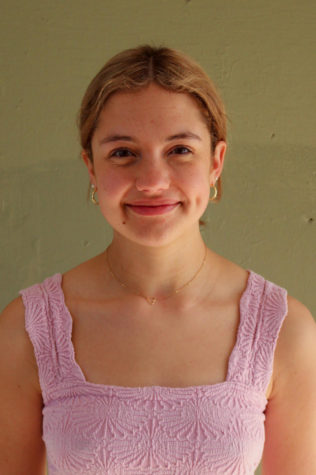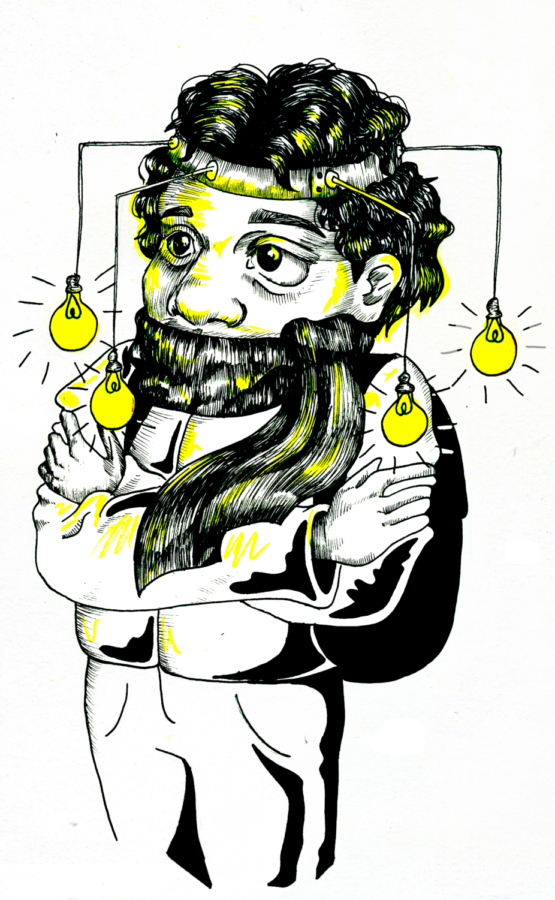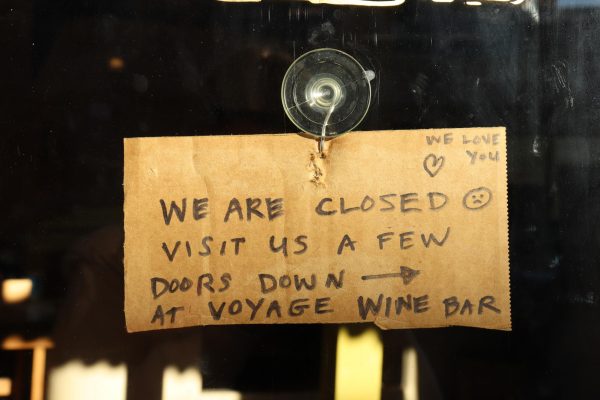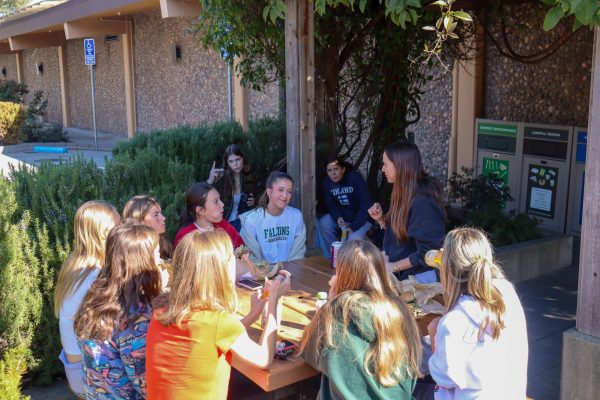Shedding light on Seasonal Affective Disorder: a mental obstacle for students
A young student faces Seasonal Affective Disorder as many other teenagers do.
With winter rainstorms and the end of daylight savings bringing darker days, many students start to feel just as gray as the clouds overhead. Seasonal Affective Disorder (SAD), also known as seasonal depression, causes discomfort and sadness during fall and winter months. Now, as Archie Williams High School (AWHS) students face increasingly dark schooldays, they open up as to how SAD affects them.
According to Children’s National, an estimated 10 to 20 percent of children and adolescents develop mild SAD symptoms as winter begins, which can worsen as winter days become darker. For many, symptoms of SAD include oversleeping, fatigue, and an overall withdrawal from social activities.
Zoe Leombruno, a junior at AWHS, shares that she experiences higher depressive symptoms during the winter months.
“When it gets colder during winter I notice my depression gets way worse,” Zoe said.
While SAD is a chronic disorder that can be detrimental to students, there are solutions. SAD stems mostly from a lack of Vitamin D from the sun. According to the Mayo Clinic, despite the fact that the sun is not out for the majority of winter months, light boxes have been invented so that people can receive vital nutrients in a different way, potentially alleviating some SAD symptoms
Those who use light boxes usually start at the beginning of fall and continue through the winter months. During sessions, patients look directly at the light box, as therapy is far less effective solely through one’s skin. For the majority of those who use light therapy, sessions occur daily for 20 to 30 minutes, but duration and intensity can vary.
Although light therapy cannot cure depression by itself, it can be a mood stabilizer and can help improve one’s disposition in the absence of outside light during winter months. Light boxes mimic light from the sun, creating serotonin and leading to an improved mood for those with SAD.
“I don’t think there is enough light shed on this kind of depression,” Zoe said.
In relation to other regions of the U.S., Marin County is a sunny place. According to Best Places, the US experiences an average of 205 sunny days annually, while Marin County experiences 260 days.
Katrina Southard, a counselor from the AWHS Wellness center, attributes some of the influx in student needs from Wellness to the weather and the holiday season as a whole.
“I think it makes a big difference that we live in California, it’s not as dark here,” said Southard.
Andrew Camera, an AWHS sophomore, experiences more sadness in the winter months when the weather gets gloomy.
“I feel like [the weather] affects my mental state and makes me feel sad or like I don’t want to do anything,” Andrew said.
Some believe that seasonal depression is linked to suicide, and for many teens, this is a topic of sensitivity.
“It shouldn’t take something dramatic for people to start talking about it,” Andrew said.
Marin County has a higher suicide rate than California as a whole. According to the Pain Relief Clinic of Marin, as of 2019, the suicide rate in Marin County is 15.6 per capita, whereas in California it is 9.8. While suicide can often be attributed to prexisiting depression, the correlation is not always present.
“…I feel like you should be more accepting and maybe not jump to conclusions if someone may be acting different,” said Andrew.
While SAD can pose significant obstacles for people – especially students whose lives are stressful enough – there are ways to help symptoms subside. One of the main ways is to take advantage of sunny days when they occur.
“Take off your coat so you can get more sun on your arms, your face, your chest,” Southard said.
Through darker days and rainy weather, SAD creates emotional barriers for AWHS students. While possible treatments for SAD are limited, spreading awareness and utilizing available resources can be essential to creating a happier and healthier environment.

Avery is a senior, starting her second year in journalism. She enjoys hikes with her family, spending time with her friends, being at the beach, and driving...

Ava is a senior, starting her first year in journalism. She loves ear piercings, super spicy sushi from restaurants in San Francisco and roaming the aisles...







